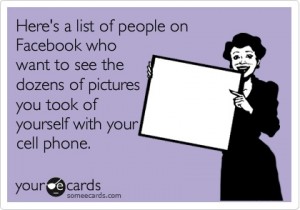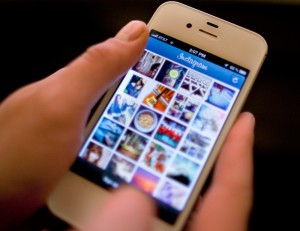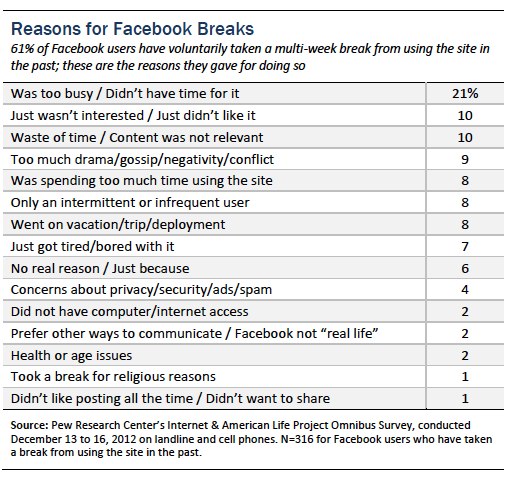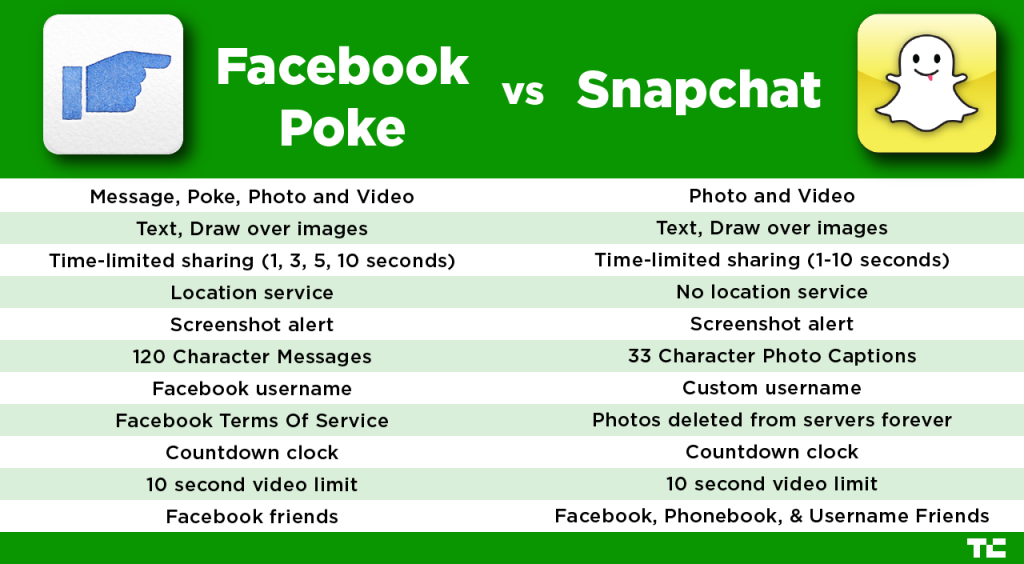 “Facebook fatigue” is a phrase coined to explain a recent wave of boredom that appears to be setting in for many of the site’s members. If you find yourself needing a Facebook hiatus from time to time because you don’t value your co-worker’s status updates about her cat’s surgery or you are growing weary of seeing photos of the unremarkable food your friends are eating, fear not friend, you are in good company. A new survey taken by the Pew Research Center’s Internet & American Life Project, revealed that taking a “vacation” from the social network giant is actually commonplace (King, 2012, para. 3). Despite boasts that it has more than one billion active members, the activity of the Facebook membership is questionable. The survey found that more than 25% of U.S. Facebook users say they plan to reduce the amount of time they spend on the social network in 2013 (King, 2013, para. 4). Moreover, the study reveals that 61% of those surveyed take extended breaks from Facebook for various reasons, however the top three were being too busy (21%), lost interest 10%), or just thought it was a waste of time (10%) (Van Grove, 2013, para. 3). A quick glace at the reasons listed may sound like something you have said yourself.
“Facebook fatigue” is a phrase coined to explain a recent wave of boredom that appears to be setting in for many of the site’s members. If you find yourself needing a Facebook hiatus from time to time because you don’t value your co-worker’s status updates about her cat’s surgery or you are growing weary of seeing photos of the unremarkable food your friends are eating, fear not friend, you are in good company. A new survey taken by the Pew Research Center’s Internet & American Life Project, revealed that taking a “vacation” from the social network giant is actually commonplace (King, 2012, para. 3). Despite boasts that it has more than one billion active members, the activity of the Facebook membership is questionable. The survey found that more than 25% of U.S. Facebook users say they plan to reduce the amount of time they spend on the social network in 2013 (King, 2013, para. 4). Moreover, the study reveals that 61% of those surveyed take extended breaks from Facebook for various reasons, however the top three were being too busy (21%), lost interest 10%), or just thought it was a waste of time (10%) (Van Grove, 2013, para. 3). A quick glace at the reasons listed may sound like something you have said yourself.
The implications of these Facebook vacations are vast and perhaps foreshadow a shift happening in social media. The Pew study suggests that more and more adults are finding Facebook irrelevant (Van Grove, 2013, para. 10). Should the trend continue or grow, the worrisome result is the decrease of site traffic which directly impacts revenue gained from site advertising (King, 2013, para. 5). Unless Mark Zuckerberg’s company figures out a way to keep its users active on the site and the mobile apps, more of its active users could take longer breaks or leave altogether, a fate seen with formerly hot social networks like Friendster and MySpace (King, 2013, para. 10).
 If the cool kids are really over Facebook, where are they going?
If the cool kids are really over Facebook, where are they going?
Few social networks have enjoyed the success of Instagram or Pinterest and there is plenty of buzz around a hot social application called Snapchat. Instagram is an immediate lifeline for Facebook, as it was identified in the their 10-K annual report given to the Exchange commission, as one of the places where today’s youth are spending more of their time (Van Grove, 2013, para. 7).
Pinterest is a popular scrapbooking site that recently reported it has 48 million users. They are  ready to seek an injection of capital, more partnerships and have plans to go international (Tam & Ante, 2013, para. 1). The company is currently analyzing its advertising system potential in hopes to uncover how the massive Pinterest traffic can convert to sales from which Pinterest may eventually be able to take a cut. Jeremy Levine, a member of the company’s board said “They’ve gotten past the point of being successful with consumers in a big way [and] at some point, the business has to make money.” (Tam & Ante, 2013, February, para. 3).
ready to seek an injection of capital, more partnerships and have plans to go international (Tam & Ante, 2013, para. 1). The company is currently analyzing its advertising system potential in hopes to uncover how the massive Pinterest traffic can convert to sales from which Pinterest may eventually be able to take a cut. Jeremy Levine, a member of the company’s board said “They’ve gotten past the point of being successful with consumers in a big way [and] at some point, the business has to make money.” (Tam & Ante, 2013, February, para. 3).
 Snapchat is a hot new social application that lets users send photos that self-delete 1 to 10 seconds after being viewed. In the U.S., Snapchat was the second-most popular free photo and video app for the iPhone in early February, just behind YouTube and ahead of Instagram (Gillette, 2013, para. 4). App Annie, an analytics company listed Snapchat as the 19th most popular free app overall (Gillette, 2013, para. 5).
Snapchat is a hot new social application that lets users send photos that self-delete 1 to 10 seconds after being viewed. In the U.S., Snapchat was the second-most popular free photo and video app for the iPhone in early February, just behind YouTube and ahead of Instagram (Gillette, 2013, para. 4). App Annie, an analytics company listed Snapchat as the 19th most popular free app overall (Gillette, 2013, para. 5).
Snapchat’s website claims that more than 50 million snaps are sent every day. Many experts report it is part of an apps trend that aims to provide “a fleeting, ephemeral social experience” (Gillette, 2013, para. 8). The idea is in direct contrast to the model of the major social networks (think Facebook), which typically preserve users’ interactions to better leverage them for marketing purposes. “There is a real demand out there. Facebook has really failed on this front because Mark Zuckerberg, in his DNA, thinks that all data has hidden value and preserving this stuff is really, really important,” says Viktor Mayer-Schönberger, a professor at the University of Oxford (Gillette, 2013, para. 5).
The Snapchat phenomena has inspired competitors to build similar products. In December Facebook unveiled Poke, a Snapchat-like app that allows users to send self-destructing media. However, the competition from the social media giant appears to have made Snapchat stronger. In January tech industry blog TechCrunch named Snapchat the “Fastest Rising Startup” of 2012 (Gillette, 2013, p. 3).
This post will self destruct in 5… 4 … 3… 2….
References
Gillette, F. (2013, February 7). Snapshot and the erasable future of social media. Bloomberg BusinessWeek. Retrieved from: http://www.businessweek.com/articles/2013-02-07/snapchat-and-the-erasable-future-of-social-media
Kelly, H. (2013, February 6). Most Americans take breaks from Facebook. Retrieved from: http://www.cnn.com/2013/02/05/tech/social-media/facebook-breaks-pew/index.html
King, R. (2013, February 5). Pew: Facebook ‘fatigue’ plagues more than two-thirds users. Retrieved from http://www.zdnet.com/pew-facebook-fatigue-plagues-more-than-two-thirds-of-u-s-users-7000010855/
Tam, P. & Ante, S. E. (2013, February 5). As pinterest grows, startup seeks 2.5 billion valuation. The Wall Street Journal. Retrieved from: http://online.wsj.com/article/SB10001424127887324900204578286274194291126.html?mod=dist_smartbrief
Van Grove, J. (2013, February 1). Facebook teens might be so over us. Retrieved from: http://news.cnet.com/8301-1023_3-57567252-93/facebook-teens-might-be-so-over-us/
Van Grove, J. (2013, February 5). Study: Facebook Fatigue- It’s Real. Retrieved from: http://news.cnet.com/8301-1023_3-57567745-93/study-facebook-fatigue-its-real/



14 Responses to Facebook Fatigue